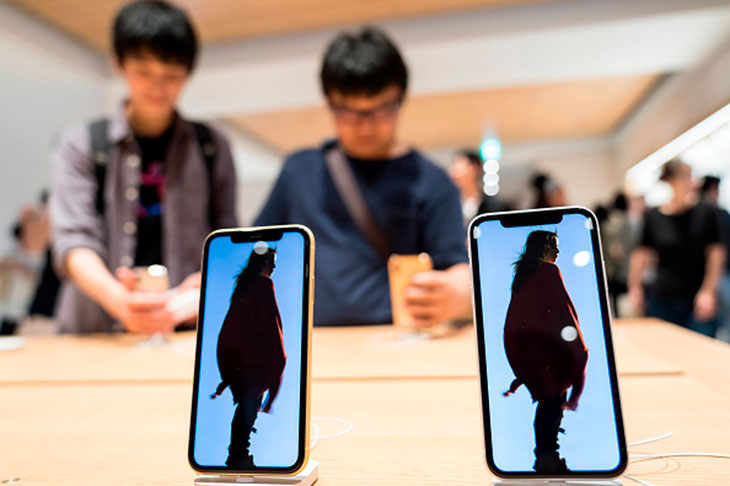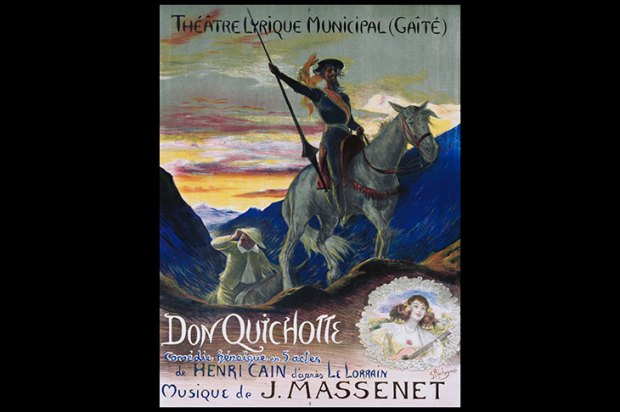In 1993, the photographer Peter Menzel travelled across the globe to capture our material world. In each country, he asked a family to empty their home and pose in front of their possessions. In Texas, the Skeen family held up their large illustrated Bible, surrounded by their Ford pickup truck, their mini-van and their dune buggy, their two TVs, multiple electrical appliances, shelves and storage cabinets filled with clothes. But even households in poorer countries revealed more things than one might expect. In Mali, the Natomo family had to make do with $250 a year but had a cassette player. In Ethiopia, the even poorer Getu family lived in a straw hut, yet owned an umbrella.
Possessions have been a central feature of human life since the beginning. For just as long, our pursuit of them has been condemned by philosophers and preachers, from Plato and Augustine to Jean-Jacques Rousseau and Karl Marx, all the way to environmentalists today. In this new book, the psychologist Bruce Hood takes a more generous, nuanced view. Things, he shows, do not simply hollow out or corrupt our self. They also help make us who we are, or who we want to be.
He takes his lead from the father of psychology, William James (1842–1910) who recognised that, in addition to a psychological and a social self, people also had a ‘material self’. Possessions enlarge our sense of self. In reverse, to lose a home to fire or one’s favourite armchair to a debt collector makes us feel as if we are shrinking. That is why downsizing is such a psychological challenge for many elderly people. Hood adds to this Jean-Paul Sartre’s insight that ‘a man is not the sum of what he has already, but… of what he could have’.
This book is most fascinating where it reports on psychological research and biological experiments to show just how hard-wired our material self is. In nurseries, three quarters of all quarrels between 18- and 30-month-olds are over the possession of toys. Laboratory tests have found that rats that received an exciting electric shock on pushing a lever became so addicted to this kind of pleasurable self-stimulation that they ignored food and water. In humans, the dopaminergic neurons of the ventral tegmental area (VTA) are stimulated similarly by sex, drugs and shopping. The hunt for a new bag or watch triggers pleasure; once we own it and place it alongside the others, the pleasure recedes. One wonders about the neurons of people who loathe shopping.
The author recognises that possessiveness carries the seeds of self-destruction and environmental disaster. Whether it automatically leads to greater inequality is more debatable. After all, the big boom in consumption from the 1950s to the 1970s happened at a time when western societies were more equal than ever before in history.
For all its insights, the book also shows the limitations of a psychological approach. The human brain might make us inherently acquisitive, but what and how much people acquire has changed fundamentally over time. Buying an ancient vase is different from buying a brand new car or from being a lover of fast fashion. It was modern societies that placed a new value on novelty and opened the door to the ever-faster arrival and disposal of stuff. The enormous, unprecedented tsunami of stuff today has its roots in cultural and economic changes, not neurons.
As a psychologist, the author has little patience with the crude figure of homo economicus. People may be selfish, but also have altruistic traits and like to share. Still, his concern with acquisition also leads him to look to individual motives for answers. A lot of what and how we consume, however, is not the outcome of a personal stimulus to buy this or that but stems from social norms and habits. Most readers will start their day with a hot shower, have breakfast, drink tea or coffee, take summer holidays, use mobile phones and drive a car to get from A to B. These routines are the result of social conventions and infrastructures, not something we individually choose or want, although we may, of course, have a personal preference for one brand over another. Contrary to the thinking behind the subtitle, ‘what we need’ is not something fixed and simple but contingent and has evolved with time. A mobile phone might have been a luxury in the 1980s, but is a basic need today.
In the end, the focus on individual motivations leaves the book with very few practical solutions to offer. Inheritance is criticised because giving one’s children a head start minimises their personal satisfaction later on. Leaving aside political obstacles, it is unclear why children would automatically become less acquisitive once they have lost an inheritance.
But mainly Hood appeals to individuals to reflect on their choices. ‘If you are unhappy,’ he concludes, ‘then it is your fault and you need to do something about it.’ Fair enough, but how? Individuals, he writes, should ‘exorcise’ their acquisitive ownership and, instead, spend more time with each other. I am all for that, but, sadly, the experiments by slow-living followers and other minimalists and down-shifters show that good intentions on their own are not enough. Change is possible, but we need the help of states, cities and companies which have shaped the intense consumer environment we live in.
Got something to add? Join the discussion and comment below.
Get 10 issues for just $10
Subscribe to The Spectator Australia today for the next 10 magazine issues, plus full online access, for just $10.
You might disagree with half of it, but you’ll enjoy reading all of it. Try your first month for free, then just $2 a week for the remainder of your first year.














Comments
Don't miss out
Join the conversation with other Spectator Australia readers. Subscribe to leave a comment.
SUBSCRIBEAlready a subscriber? Log in